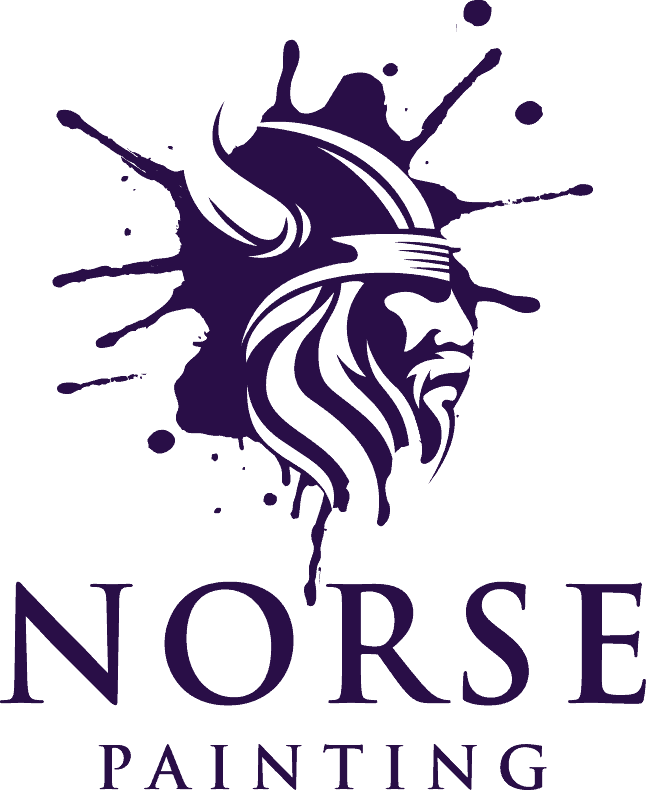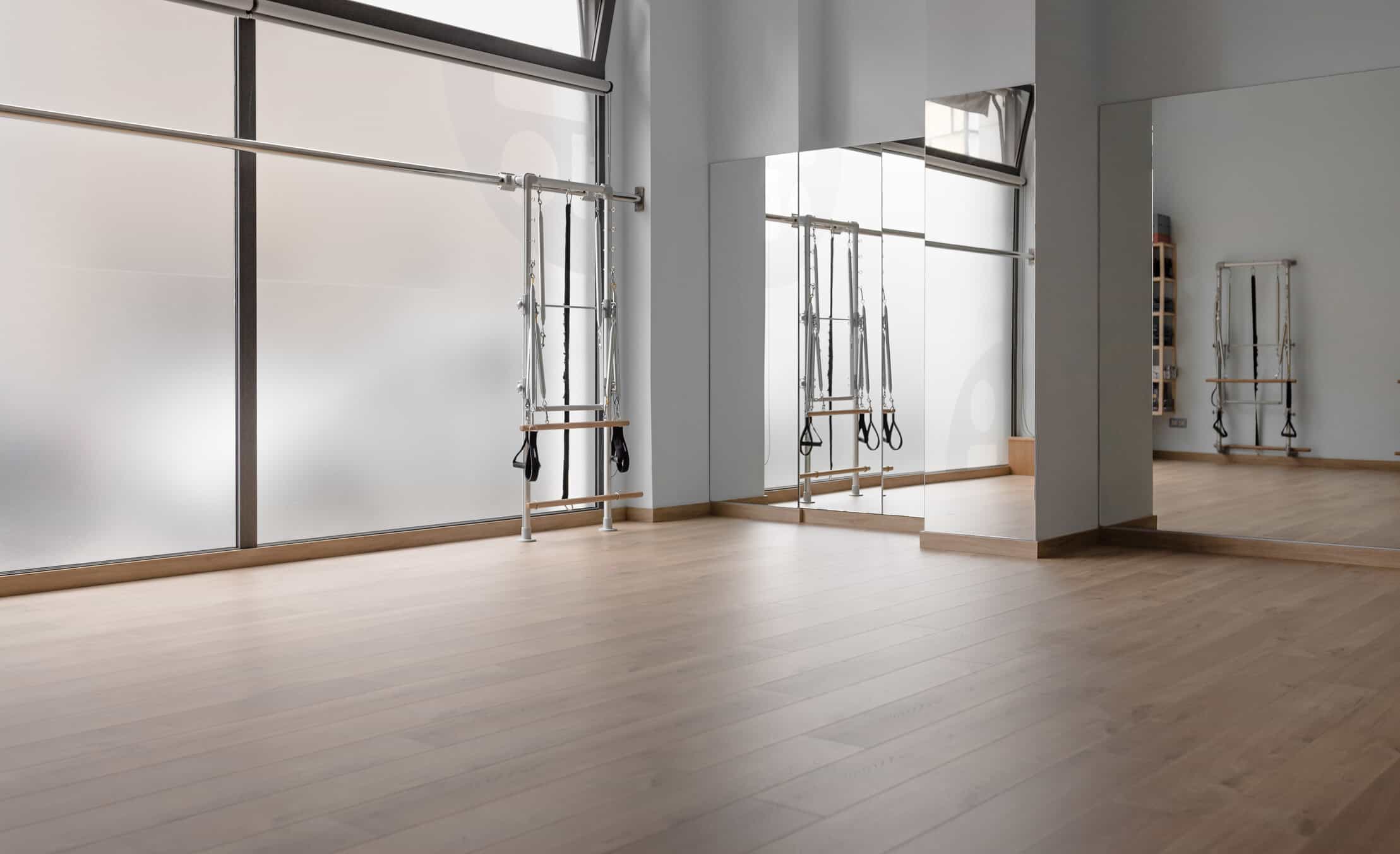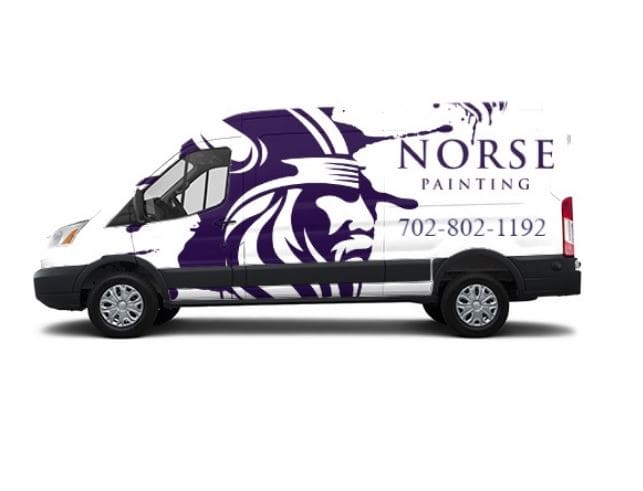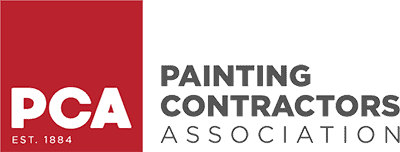If you’re planning a painting project in Las Vegas, NV, you might be excited about transforming a room, kitchen, or exterior. But there are a few painting mistakes that could make your project more difficult than it needs to be, and in some cases, leave you with less-than-perfect results. Whether you’re tackling a fresh coat of paint on your living room wall or painting your home’s exterior, knowing what to avoid can save you time, money, and frustration.
Let’s take a closer look at five of the biggest painting mistakes you might encounter and how to prevent them from ruining your house painting project.
Key Takeaways:
- Prep Work Is Key: Clean and repair surfaces before you paint for smooth results.
- Choose the Right Paint: Use the right type of paint for each project to ensure durability.
- Mind the Weather: Temperature and weather conditions affect how your paint dries.
- Use Quality Tools: Invest in good brushes and rollers for a professional finish.
- Avoid Overloading: Don’t overfill your brush or roller to prevent drips and uneven coverage.
Avoid These Painting Mistakes for a Professional-Looking Finish
When it comes to painting your home or business, it may seem like a simple task at first glance. However, painting mistakes can quickly turn your dream project into a headache. Whether you’re giving your walls a fresh coat or tackling a full renovation, knowing what to avoid can make all the difference between a job well done and a frustrating redo.
In Las Vegas, NV, the hot climate and unique conditions add extra challenges, but with the right tips and knowledge, you can ensure your paint job looks flawless every time. Let’s explore some of the most common painting mistakes and how you can steer clear of them.
1. Skipping the Prep Work
One of the most common painting mistakes we see is skipping the necessary prep work. It can be tempting to dive straight into your project, but trust us, doing so will only cost you in the long run.
Surface preparation is the key to smooth, lasting paint results. Always start with cleaning the walls, sanding any rough spots, and repairing any cracks or holes. If you’re painting over drywall, this step becomes even more critical to avoid any imperfections showing through.
Before you pick up a paintbrush or roller, make sure to clean your walls thoroughly. Use a mild soap solution to remove dust, grease, and other residues. If you’re working in high-traffic areas like the kitchen or bathroom, you may want to use a stronger cleaner to remove any oils or grime.
Don’t forget to prime your walls before applying your paint. A good primer helps the paint adhere better and prevents uneven coverage. Coats of primer may seem like an extra step, but it’ll make a huge difference in the final appearance. Plus, it helps improve the durability of your paint job.
To get the best results, make sure you use the right primer for the job. Whether it’s a latex primer or an oil-based primer, make sure you choose one that suits the type of paint you’re using.
2. Not Choosing the Right Paint Type
Choosing the wrong paint type for your project is another of the most common painting mistakes people make. Not all paints are created equal, and using the wrong one can lead to poor coverage, premature fading, and peeling.
For example, you wouldn’t use interior paint on an exterior project, or a gloss finish on your kitchen cabinets if you want them to have a more matte look. Be sure to pick the paint type that fits the surface you’re working on.
In Las Vegas, NV, where temperatures can soar in the summer, exterior paints need to stand up to the sun’s harsh rays. You’ll want to choose acrylic paint or oil-based paint designed specifically for outdoor use. These formulas are made to withstand UV rays, dirt, and moisture.
Don’t forget to choose the right paint sheen for your walls. Some sheens, like eggshell or matte, are perfect for areas like bedrooms and living rooms, while glossier finishes like satin or semi-gloss work best in kitchens or bathrooms.
3. Ignoring the Weather and Temperature
The weather can be unpredictable, and this can greatly affect the outcome of your paint job. Painting mistakes can happen when you don’t consider the temperature or weather conditions.
For instance, painting during hot weather can cause the paint to dry too quickly, leading to uneven coverage and an overall patchy look. On the other hand, painting in cold or humid conditions can delay drying time and cause the paint to peel or crack later on.
It’s best to paint when the weather is mild and the temperature is between 50°F and 85°F. If you’re unsure about when it’s the right time to paint, check out our guide on how weather and temperature when painting exterior can impact the results of your project.
When it’s a little too hot for comfort outside, try to work during cooler hours of the day, such as early morning or late afternoon. This can help your paint settle in just right without the added risk of it drying too fast.
4. Using Low-Quality Tools
Using cheap brushes and rollers is another painting mistake that can cause headaches. While it might seem like a cost-saving measure, low-quality tools can leave brush strokes, streaks, and paint splatters. Paintbrushes with poor-quality bristles can result in uneven application, especially if you’re painting walls or ceilings. It’s best to invest in high-quality paintbrushes and rollers that are made for the type of paint you’re using.
Always use the right tool for the job. Whether it’s a wide brush for larger surfaces or a fine-tipped one for trim work, choosing the right brush can make a huge difference in the final look.
If you want a smooth finish, consider investing in a spray painting system. Spray painting can be particularly useful when you’re working on cabinets, trim, or large flat surfaces, like walls. However, make sure to mask off areas you don’t want painted, like baseboards, windows, and light fixtures.
5. Overloading the Brush or Roller
One of the simplest painting mistakes is overloading your brush or roller with too much paint. While it can seem efficient to load up your brush or roller, this often results in excess paint dripping onto surfaces and creating an uneven coat.
A good rule of thumb is to load the brush or roller lightly and apply the paint in thin, even layers. This method will help prevent drips and achieve a smoother, more professional finish.
When applying paint to walls or ceilings, be sure to use long, smooth strokes. If you’re painting wood trim, cabinetry, or furniture, pay extra attention to getting an even application of paint, especially in corners where the brush can get clogged with excess paint.
Conclusion
By keeping these painting mistakes in mind and following the tips above, you can achieve the results you’re looking for without the frustration. Remember, whether you’re painting your living room, kitchen, or the exterior of your home in Las Vegas, NV, the key is to choose the right tools, prep your surfaces well, and avoid rushing through the job.
Here’s how Norse Painting can help:
- Professional preparation ensures your surfaces are clean and smooth for the best results.
- Top-quality materials like premium paints and brushes lead to a finish that lasts.
- Expert advice from professional painters in Las Vegas, NV, helps you avoid costly mistakes.
- We offer free estimates for all our services, so you know exactly what to expect.
If you’re ready to transform your space, give us a call at 725-217-5377 for a FREE estimate. We proudly serve Henderson, North Las Vegas, NV, and the surrounding areas.
Trust Norse Painting to provide you with a stress-free painting experience, and say goodbye to those painting mistakes for good!



